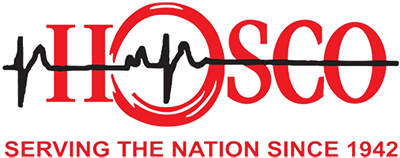
A Medical Gas Pipeline System (MGPS) is an essential infrastructure in healthcare facilities that ensures the continuous, safe, and efficient delivery of medical gases such as oxygen, nitrous oxide, medical air, and vacuum to various patient care areas. These gases are vital for life support, anesthesia, and medical treatments. The system consists of pipelines, control valves, and outlets strategically placed in critical areas like operating rooms, intensive care units (ICUs), and patient wards.
The MGPS eliminates the need for gas cylinders, reducing clutter and enhancing safety by minimizing the risks of manual gas handling and potential gas leaks. It offers real-time monitoring of gas flow and pressure, ensuring that medical staff have uninterrupted access to the necessary gases for patient care. Proper maintenance and periodic checks are required to ensure the system’s efficiency and safety.
An Oxygen Generating Plant is a facility that produces oxygen on-site, primarily for use in healthcare environments. These plants use advanced technologies such as Pressure Swing Adsorption (PSA) to extract oxygen from ambient air. The generated oxygen is then supplied directly to the medical gas pipeline system or stored in cylinders for later use.
Oxygen generating plants are critical in meeting the high demand for medical oxygen, especially during emergencies or in facilities located in remote areas where timely delivery of oxygen cylinders may be challenging. By producing oxygen in-house, hospitals and healthcare providers can ensure a constant, reliable, and cost-effective supply of medical-grade oxygen, which is essential for treating patients with respiratory illnesses, critical conditions, and during surgeries.
Both systems are integral to modern healthcare, enhancing patient care by providing seamless, efficient, and reliable access to life-saving gases.
